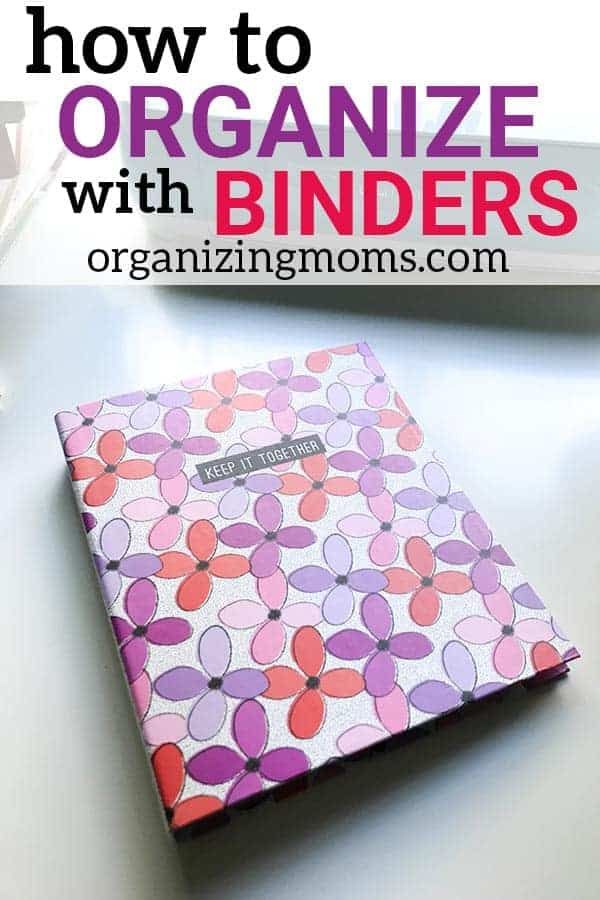7 Tips for Organizing Your Hospital Paperwork

Managing paperwork in a healthcare setting can be a daunting task, given the sheer volume of documents involved in patient care, compliance, and operational management. However, with a systematic approach, hospitals can streamline their record management processes, leading to better patient care, improved operational efficiency, and reduced risk of errors or penalties for non-compliance. Here are seven essential tips to effectively organize hospital paperwork.
1. Utilize Electronic Health Records (EHRs)

The shift from paper to electronic health records (EHRs) has revolutionized hospital record keeping. EHRs provide numerous benefits:
- Instant Access: Information can be retrieved instantly from any point of care.
- Improved Legibility: No more deciphering illegible handwriting.
- Remote Access: Authorized personnel can access patient data from anywhere.
- Data Security: Robust systems with encryption can protect patient confidentiality.
🌟 Note: Always ensure compliance with HIPAA or other relevant data protection regulations when implementing or updating EHR systems.
2. Implement a Clear Filing System

Despite the digital transformation, there remains a significant amount of paper documentation that needs to be managed:
- Categorize Documents: Sort documents by category (e.g., patient records, administrative, legal).
- Use Standardized Labels: Employ color-coded labels for quick identification.
- Active vs. Inactive Files: Separate active files from archives.
- Regular Purging: Follow retention schedules to discard outdated or unnecessary documents.
Maintaining a clear, physical filing system helps in scenarios where digital access is not feasible or when original documents are required for legal reasons.
3. Adopt Document Management Software

To complement or enhance EHR systems:
- Select software that supports document scanning, indexing, and retrieval.
- Look for features like automated indexing and OCR (Optical Character Recognition) for easy searchability.
- Integration with existing EHRs can create a more cohesive system.
🛡️ Note: Ensure that the software you choose complies with data security regulations to protect patient information.
4. Train Staff Regularly

Effective paperwork management is only as good as the staff operating it:
- Conduct regular training sessions on document handling procedures.
- Emphasize the importance of document security and confidentiality.
- Provide training on using EHR and document management systems effectively.
Training helps in reducing errors, ensuring compliance, and streamlining workflows.
5. Keep Records Clean and Organized

An organized workspace leads to organized records:
- Regularly audit records for completeness and accuracy.
- Ensure that documents are not misplaced or lost by maintaining a tidy environment.
- Implement checklists or protocols for document handling to maintain consistency.
Organized record keeping is crucial for quick retrieval during audits, patient visits, or emergencies.
6. Use Checklists and Standard Operating Procedures (SOPs)

Checklists and SOPs streamline processes:
- Develop checklists for admission, discharge, and other patient care activities.
- Create SOPs for document management, from creation to destruction or archiving.
- Ensure staff are familiar with these procedures to maintain consistency and compliance.
Checklists and SOPs minimize errors, ensure completeness, and facilitate smooth operations.
7. Conduct Regular Audits

Audits are vital for quality control:
- Schedule regular audits to check for document accuracy and completeness.
- Use audits to identify areas needing improvement in your document management practices.
- Integrate findings into ongoing staff training and system updates.
Regular audits not only ensure compliance but also help in maintaining an efficient hospital operation.
Streamlining the management of hospital paperwork is a continuous process that requires commitment, technology, and training. By implementing these tips, hospitals can enhance the efficiency of their operations, ensure compliance, and most importantly, focus more on patient care rather than administrative burdens. Remember, effective document management is not just about organizing paper; it's about creating a seamless flow of information that supports the entire healthcare ecosystem.
Why is transitioning to Electronic Health Records beneficial?

+
Transitioning to EHRs offers benefits like instant access to records, improved legibility, enhanced data security, and the ability to access patient data remotely, improving overall patient care and hospital efficiency.
How can hospitals reduce errors in paperwork?

+
Reducing errors involves regular staff training, implementing SOPs and checklists, using document management software, and conducting periodic audits to identify and correct mistakes.
What should be done with old hospital documents?

+
Old hospital documents should be purged according to retention schedules. Some can be archived digitally or physically if they are needed for legal or medical history purposes, while others can be securely destroyed after their useful life has ended.